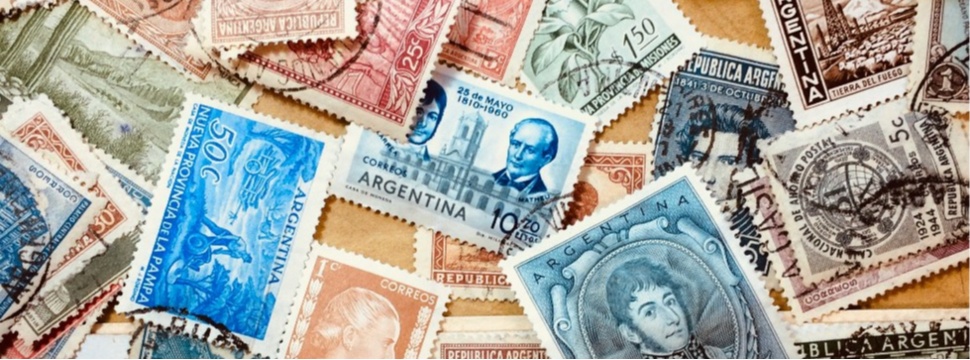The smallest banknote in the world: A means of payment in the size of a postage stamp
News News blog
In the long history of money, there have always been strange forms and sizes of means of payment. But one stands out in particular: the smallest banknote in the world, which was only as big as a normal postage stamp.

A mini-note as emergency money
This tiny banknote was printed in Germany in the 1920s during the period of hyperinflation. At that time, the German currency, the paper mark, was rapidly losing value. Prices exploded and people needed ever larger amounts of cash for their daily purchases. To counteract the shortage of coins and banknotes, many cities and even companies printed their own emergency money. This was the case with the city of Bielefeld, which issued a banknote the size of a postage stamp in 1923. It had a face value of 1 million marks. The mini-banknote from Bielefeld was about 2.7 x 3.5 centimeters - and therefore not much larger than a normal postage stamp. The front bore the high face value of 1 million marks, as well as the note "Emergency money from the city of Bielefeld" and the issue date of August 1, 1923. The back bore the coat of arms of Bielefeld.
Collector's item and historical testimony
Today, the mini banknotes from the inflation period are sought-after collector's items among numismatists and history buffs. At the same time, they symbolize how rampant inflation reduced the currency to absurdity and the desperate measures that were taken to alleviate the shortage of means of payment. Even if the stamp-sized banknote from Bielefeld is a curiosity, it is representative of many other emergency money notes and coins from the period of high inflation in Germany in 1923. They are all historically valuable reminders of one of the country's greatest economic crises.










